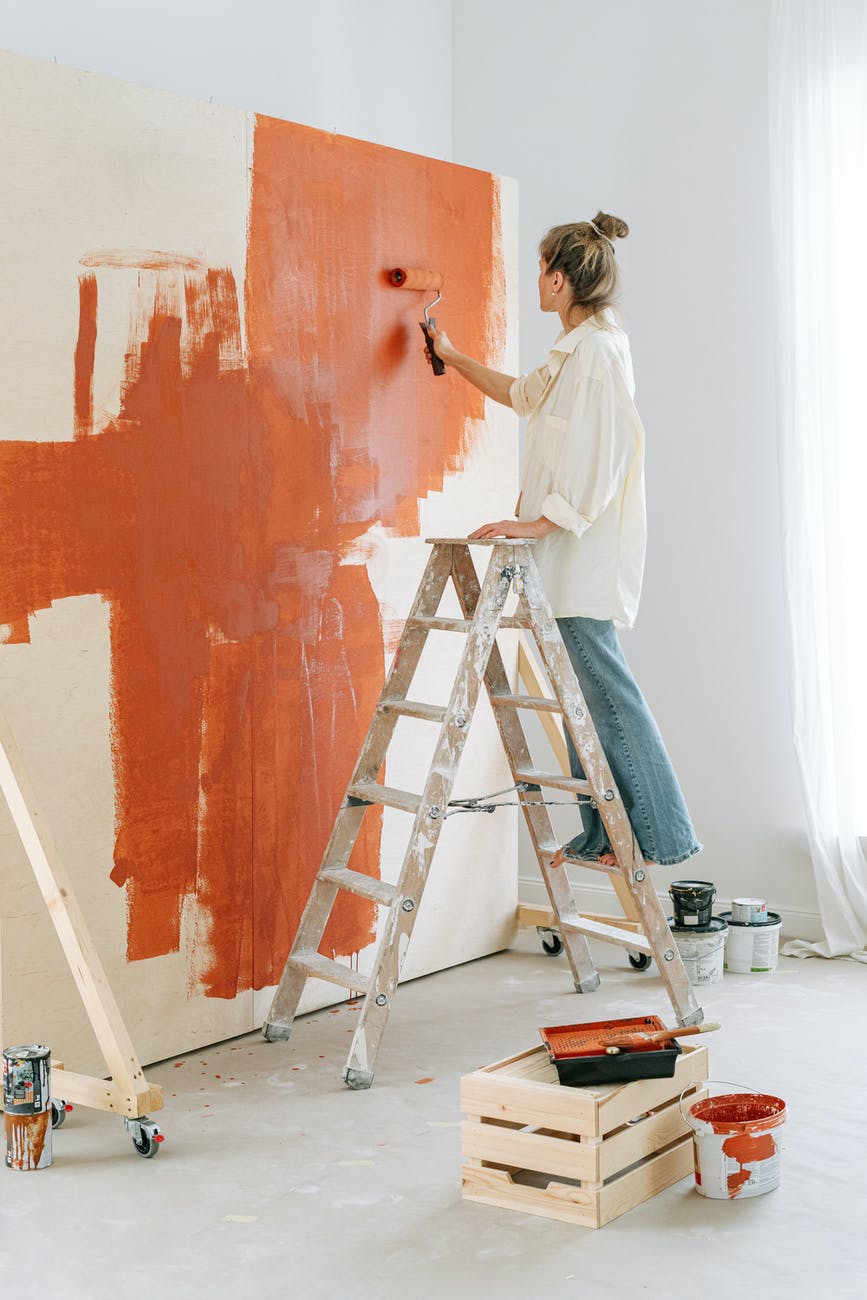
Painting is an art, and like any form of creative expression, every painter will develop their own distinct style. But there are some key considerations all painters should keep in mind.
Focusing on improving one aspect with every painting you complete will speed up your learning. For instance, if you’re working on realism, try making colors more vibrant or altering values to speed up the learning process.
Choosing the Right Painters
As well as seeking references from past clients, ask painting professionals for a comprehensive contract detailing their working methods and payment arrangements in order to eliminate potential misunderstandings or disputes later on. Doing this will reduce any chance for confusion down the road.
If you were impressed with a painter’s work, leave them a positive review on social media to increase business and potentially lead to a raise or promotion in the future.
Another way you can show your gratitude is by providing cold water and snacks throughout the project. Painters Melbourne typically work long hours, so this gesture will definitely brighten their day as it gives them energy boost and keeps them focused on completing their task at hand.
Choosing the Right Colors
If you want your painting to create an effectful atmosphere, selecting the appropriate hues is crucial. Color can help set an atmosphere or be used to elicit different emotions in viewers.
Beginners should start out with a basic paint palette comprised of two yellows, two reds and two blues – this will enable them to mix many different hues while helping them understand how pigments interact.
Before selecting paint colors, always sample them first to prevent wasting both money and time. Keep in mind that all colors contain undertones that can alter its overall look; this is particularly important with grays and beiges.
Choosing the Right Materials
Painting requires various supplies that each have their own characteristics that influence how your artwork will come together. Oil paints differ from watercolors in terms of texture and water absorption; thus selecting high-quality materials will ensure that your final result reflects your vision accurately.
Painters require many art supplies in addition to paint, such as canvas, brushes, palette knives and paper towels. It’s essential that painters invest in high-quality supplies as this will extend their longevity and improve the painting experience.
Painting mediums include acrylic, oil, watercolor and gouache. Experimentation with new mediums is a great way to expand your artistic vocabulary and improve your painting style. But keep in mind that working with new media may take some time to learn and master.
Choosing the Right Tools
There are various tools available that can make painting simpler. Some tools are more sophisticated than others, yet all help produce stunning results.
One handy tool for touch-up projects is a paint spout, which attaches securely to the rim of cans and allows you to control your pour more precisely while saving you time by not needing to open and close lids every few seconds.
As part of your toolbox, painters require a multi-tool. A good model should include an opener, flat screw bits, scrapers, nail pullers and hammers – with opening, flat screw bits scrapers etc all built-in for quick use.
Paint tools to have on hand include fillers such as DAP Fast n’ Final or Drydex, patching knife and caulking; additionally plastic sheeting or drop cloths should be kept nearby to protect surfaces from drips and spills during application.
Choosing the Right Equipment
Finding the appropriate equipment can make an enormous difference in how well your painting job turns out. A large bucket to mix multiple cans of the same color is essential, while various brushes for different applications is also crucial.
Your art supplies should also include painting mediums like cold-pressed linseed oil. These mediums will add various properties to your oil paints such as opacity and lightfastness, giving your paintings the most vibrant appearance.
Your essential supplies should include a multi-tool equipped with tools such as screwdriver, hammer and pliers; drop cloths to protect furniture and floors from paint stains or drips; as well as sandpaper to quickly sand the walls before applying more coats of paint; as well as drop cloths that protect furniture.